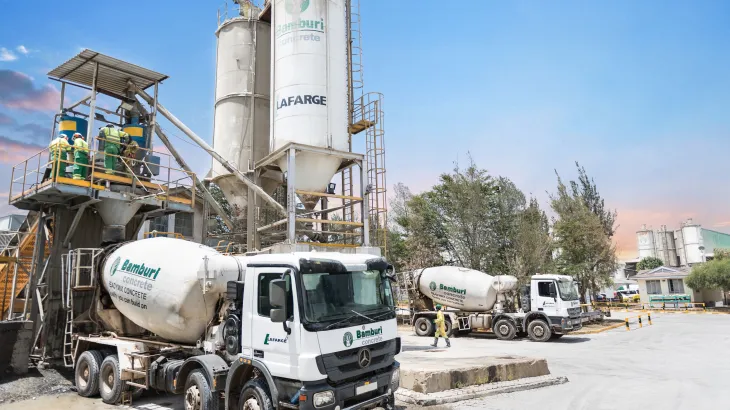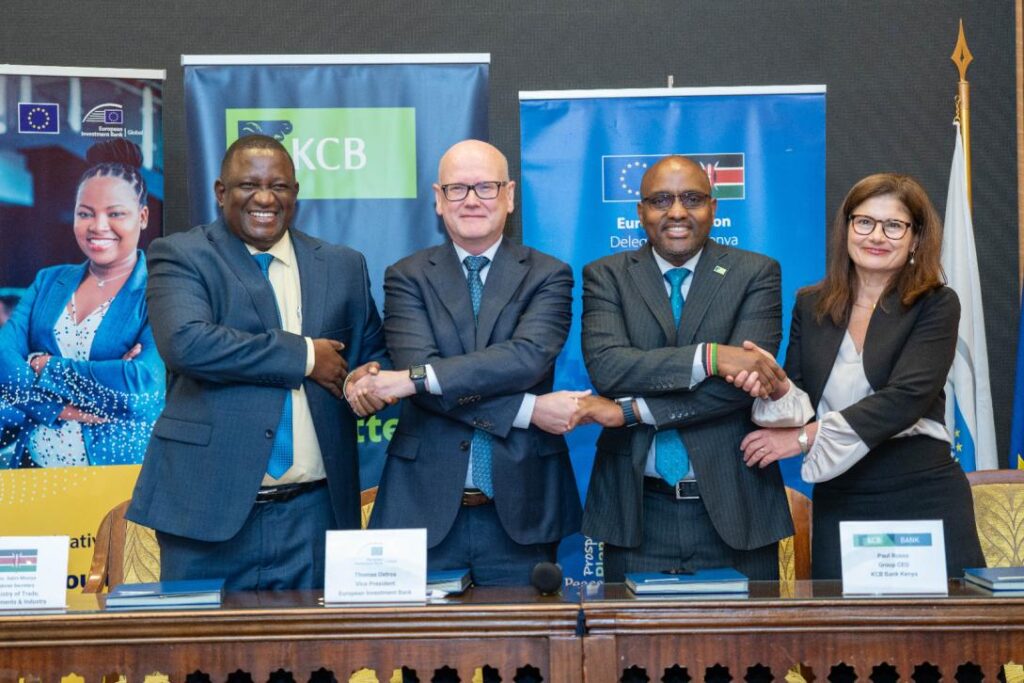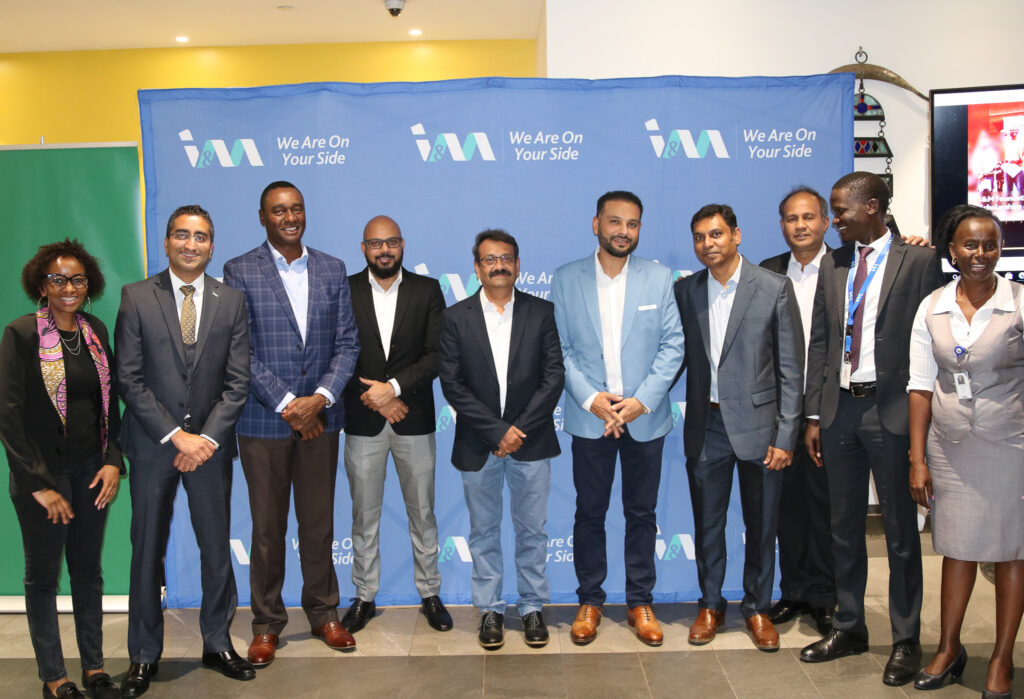Spotify Wrapped 2024: Bien dominates Kenyan artists streams
Spotify Wrapped 2024: Bien dominates Kenyan artists streams

Spotify Wrapped 2024 has placed Bien Aime-Baraza, the former lead singer of the band Sauti Solo as the most streamed artist in Kenya, thus a revolution in Kenyan music. Bien’s rise dislodged the year’s previous wunderkinds, the rap trio Wakadinali who now occupy second place with Sauti Sol in third place.
Bien’s Dominance
Bien is still enjoying his solo life performance as he has positioned himself to have four among the most streamed Kenyan songs. In lifestyle and Inauma, he was at his best and shows he’s a man for all seasons. They also received popularity in his features such as Extra Pressure with Bensoul.
Top Streamed Kenyan Tracks
Lil Maina, sosatheprodigyy, – NAKAM SAI
Bien – Lifestyle
Bensoul/Bien – Extra Pressure
From The Hood Music – Anguka Nayo
Bien – Inauma
Bien – Ma Cherie
YBW Smith – Lele
Dyana Cods – Set It
Matata – Oversized T-shirt
Fancy Fingers Featuring Kudade – Kudade (Fancy Fingers Refix)

Global Music Scene
Globally, Taylor Swift remained on top of list of the most streamed artists, while the second most streamed artist is The Weeknd followed by Bad Bunny.
Podcasts and Kenyan Content
Some of the most listened to shows included The 97s Podcast for Kenya, So This Is Love and The Mkurugenzi Podcast. Internationally and finally, The Diary of a CEO by Steven Bartlett was notable as well.
Kenyan Genres Shine Globally
There has been an increase in the release of Kenyan music, and Spotify Wrapped 2024 was such a great reminder. Afro Beat, Gengetone, and Afro Pop festivals made it to the charts.
Bien’s triumph is not only a feather in his cap but also a sign of change that Kenya’s music industry experiences in retaining its influence in attracting the audience locally, and internationally.




























